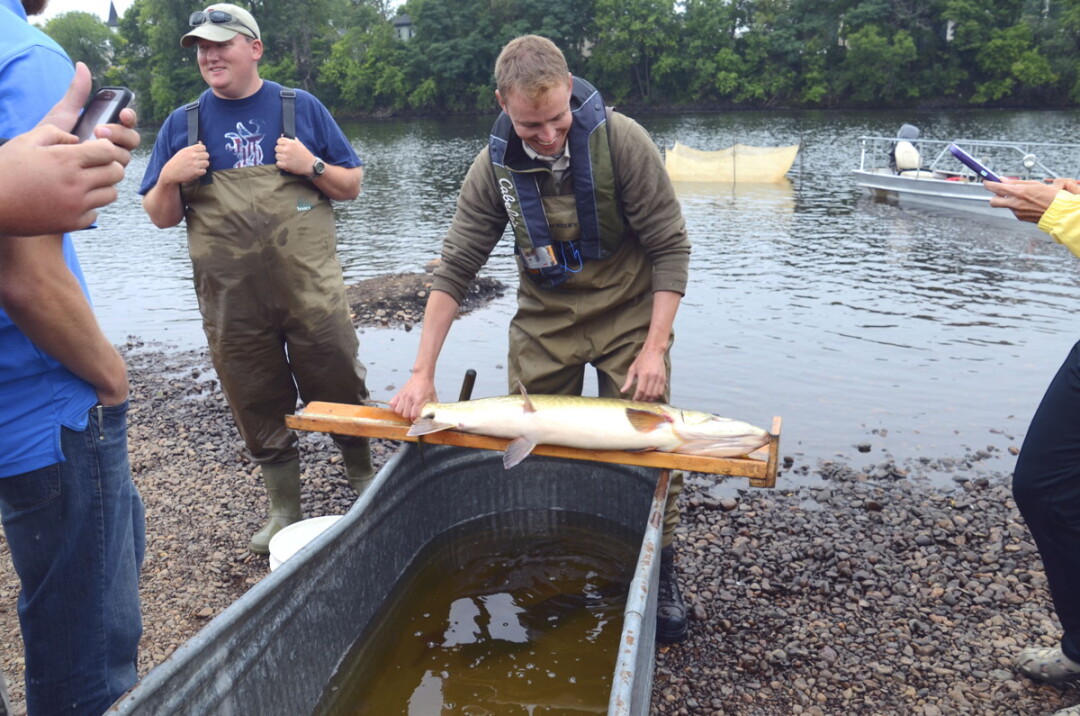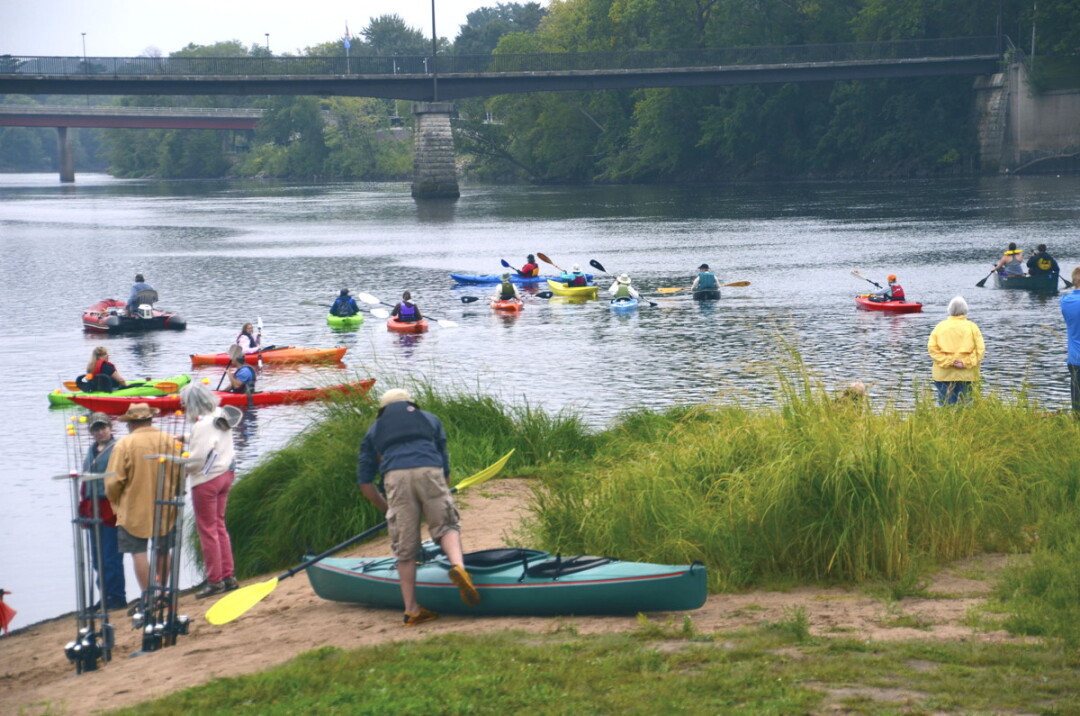Chippewa Celebration
annual conference melds resource protection, recreation

The third annual Celebrate the Chippewa River Conference, a chance for natural resource professionals and community members to join together in their shared interest of protecting and enjoying the river, will be Friday and Saturday, Sept. 9-10.
Jeremy Gragert, who served on the planning committee as conservation chairperson for the Chippewa Valley Group of the Sierra Club, said, “We are hoping to get people to think about the river in new ways, whether that be recreational opportunities that they haven’t tried before, or ways in which they can support environmental conservation or more sustainable waterfront development.”
"This event brings people together (both river users and non) to hear about and share what work is being done in and along the river." – Emily Lind, Beaver Creek Reserve
Friday’s events will be 8:30am to 4:30pm at the Heyde Center for the Arts in Chippewa Falls. Presentations will cover a variety of topics that are tied together by the Chippewa River. In addition, many conservation-minded and recreational organizations will have exhibits for those interested in becoming more involved with protecting and using the river.
Presentations on historical life on the Chippewa will be held by Jim Alf, author of When the Ferries Still Ran, and Brian Gabriel, creator of the documentary, Floating through History on the Chippewa River: Durand, WI-Read’s Landing, MN. Scott Mehus, education director at the National Eagle Center in Wabasha, Minn., will have a presentation about one of area’s most iconic birds with a live bald eagle ambassador. Several presentations will focus on invasive species and Lower Chippewa River conservation projects. Matthew Miller, a hydro license compliance consultant from Xcel Energy, will talk about the company’s hydroelectric projects on the Lower Chippewa and the creation of the Chippewa River Protection and Restoration Fund. Presentations will also be given on native butterfly species, prairie ecology along the Chippewa, and the history of water quality in the Chippewa Valley. There will also be live music, courtesy the Paul Tweed Band. To see a full list of presenters and topics, as well as to register online, go to www.beavercreekreserve.org. Registration is $20 and includes lunch.
Saturday’s events are all free, no registration required, and will take place at Phoenix Park in Eau Claire from 8:30am-12:30pm. This is a chance to celebrate many of the fun activities possible in and along the Chippewa. There will be a guided bike tour, a canoe/kayak tour, Department of Natural Resources fish shocking, bank fishing, and geocaching. A very limited number of kayaks will be available to rent for $15, but participants in the paddle and bike tours need to bring their own canoes, bikes, helmets, and life preservers. The bike ride will leave at 10:30am. It will be led by Gragert and Doug Faulkner, associate professor of geography at UW-Eau Claire. The planned route is about 10 miles long, with frequent stops for discussion about the history, geography, and future of the river. All ages are welcome but children under 16 should be accompanied by an adult. The paddle, led by Sean Hartnett, UWEC professor of geography, will leave at 10:30am. It will be a scenic two-hour trip to Porterville Landing. A return shuttle will be provided.

The conference is funded by Xcel and the DNR. The conference’s planning committee united government employees, natural resource professionals, university professors, and enthusiastic citizens. A common theme heard from presenters and organizers was the importance of community involvement in efforts to preserve the beauty of the river. When asked about preventing the spread of invasive species, Emily Lind, citizen science technician at Beaver Creek – who will be speaking about the Aquatic Invasive Species Plan for the Lower Chippewa River – talked about civilian awareness. “Educating river users on how to identify invasive species is the best way to prevent the spread,” she said. “If they can identify it while out on the water, and inform the right people, we can detect invasions early and take care of them before they become a problem.”
Brian Gabriel, an amateur historian who has researched local history for 11 years, wants others to be encouraged to get involved with efforts to preserve our local heritage, “trying the best we can to get the history right and to get it out in front of the people … so that people don’t forget these places, otherwise they may be lost.”
As Lind summarized, “This event brings people together (both river users and non) to hear about and share what work is being done in and along the river. Involving people in monitoring and restoration projects, and instilling appreciation for the river’s diversity, is the best way to keep it healthy, beautiful, and protected.”
For more details, visit the Beaver Creek website at beavercreekreserve.org.




















